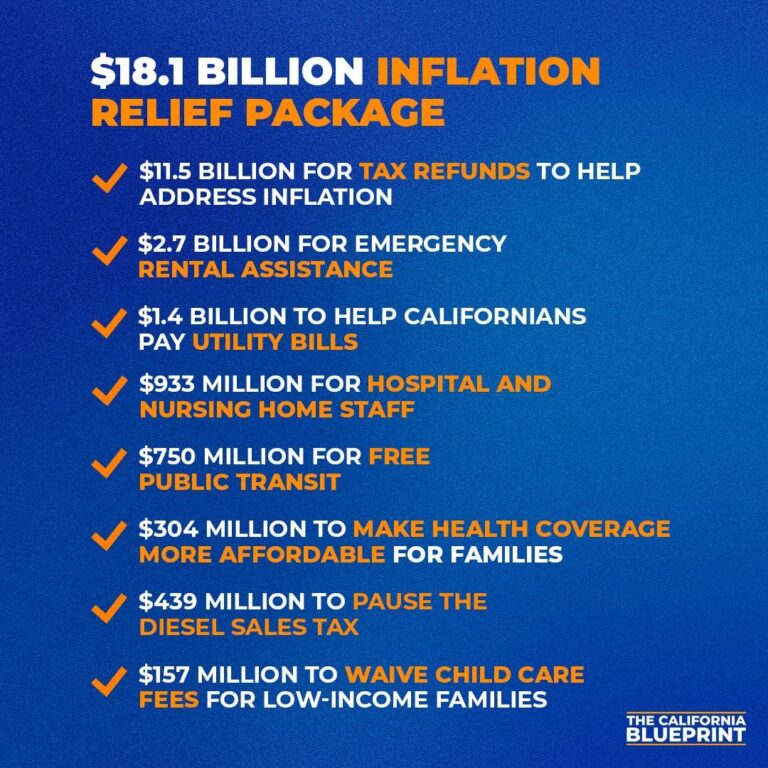California’s Federal Tax Contributions and the Limits of State Authority
Legal Constraints on California’s Attempt to Withhold Federal Taxes
Governor Gavin Newsom’s recent suggestion to block certain tax payments to the federal government has sparked significant legal debate. Under the U.S.Constitution, the power to impose and collect taxes rests solely with Congress, making any unilateral state action to withhold federal taxes unlawful. Judicial precedents consistently uphold federal supremacy in taxation, indicating that California’s proposed approach would almost certainly be struck down in court.
Major legal obstacles include:
- Supremacy Clause: Federal tax statutes override any conflicting state laws, preventing states from obstructing federal tax collection efforts.
- Judicial Precedents: Courts have repeatedly ruled that states cannot interfere with federal tax enforcement mechanisms.
- IRS Authority: The Internal Revenue Service possesses extensive enforcement powers to ensure compliance, limiting the effectiveness of any state-level resistance.
| Legal Principle | Effect on California’s Proposal |
|---|---|
| Supremacy Clause | Federal tax laws take precedence over conflicting state actions |
| Judicial Precedents | States are prohibited from obstructing federal tax collection |
| IRS Enforcement Powers | Federal agencies can enforce tax compliance irrespective of state policies |
California’s Role as a Major Net Contributor to Federal Revenues
California stands out as the largest net contributor to the federal government, consistently paying billions more in federal taxes than it receives in federal expenditures.This fiscal imbalance reflects the state’s dynamic economy, driven by sectors such as technology, entertainment, agriculture, and renewable energy. Despite its substantial tax contributions,California often debates the fairness of federal spending allocations,with many residents and officials arguing that the state’s return on investment is disproportionately low.
Below is an overview of California’s federal tax payments versus federal spending received over recent years:
| Fiscal Year | Federal Taxes Paid (in $B) | Federal Spending Received (in $B) | Net Contribution (in $B) |
|---|---|---|---|
| 2021 | 460 | 325 | +135 |
| 2022 | 480 | 340 | +140 |
| 2023 | 500 | 350 | +150 |
- High earners in California contribute a large portion of federal income taxes.
- The state’s diverse economic base supports substantial corporate and personal tax revenues.
- Federal spending covers areas like healthcare, defence, and infrastructure, but the inflow is less than the outflow.
How Federal Funding Gaps Affect California’s Public Services
The disparity between California’s federal tax contributions and the federal funds it receives has tangible effects on the state’s ability to maintain and improve public services. This funding gap places additional strain on California’s budget, often forcing challenging decisions regarding education, healthcare, transportation, and emergency response services. Critics argue that the current federal allocation system undervalues the economic input of high-tax states like California,possibly hindering long-term growth and innovation due to underfunded programs.
Consequences of Unequal Federal Funding Include:
- Inconsistent access to essential social services across different states
- Heightened pressure on state budgets to compensate for federal shortfalls
- Unequal investment in infrastructure development
- Increased dependence on state tax revenues to bridge funding gaps
- Challenges in addressing systemic socioeconomic disparities
| State | Federal Taxes Paid (in $B) | Federal Funds Received (in $B) | Net Contribution (in $B) |
|---|---|---|---|
| California | 410 | 300 | +110 |
| Texas | 260 | 285 | –25 |
| New York | 210 | 160 | +50 |
Approaches to Achieving More Equitable Federal Tax Distribution
To address the imbalance in federal tax contributions and spending, policymakers and stakeholders advocate for reforms that promote transparency and fairness in federal fund allocation.Conducting thorough impact analyses can reveal which states disproportionately subsidize others, guiding adjustments to funding formulas. Building alliances among states with similar fiscal challenges can strengthen lobbying efforts, encouraging Congress to reconsider current distribution models.
Recommended Strategies Include:
- Launching evidence-based campaigns to raise awareness about fiscal disparities
- Collaborating with research institutions to design alternative redistribution frameworks
- Advocating for gradual policy reforms that balance contributions and benefits more evenly
- Supporting legislation aimed at progressive taxation and equitable federal spending
| State | Federal Taxes Paid (in $B) | Federal Funds Received (in $B) | Net Contribution (in $B) |
|---|---|---|---|
| California | 410 | 290 | +120 |
| Texas | 260 | 275 | –15 |
| Florida | 210 | 220 | –10 |
Final Thoughts on California’s Federal Tax Relationship
While Governor Newsom lacks the constitutional authority to withhold federal tax payments, the ongoing discussion sheds light on broader fiscal tensions between California and the federal government. The state’s consistent status as a net contributor fuels debates about fairness and resource allocation.As these conversations progress, both Californians and policymakers will need to navigate the complexities of federal tax policy to ensure a more balanced and just fiscal partnership.




